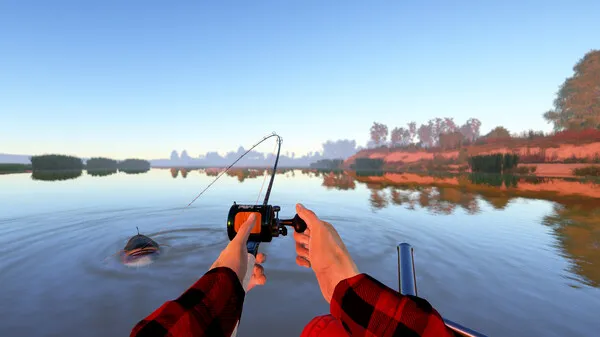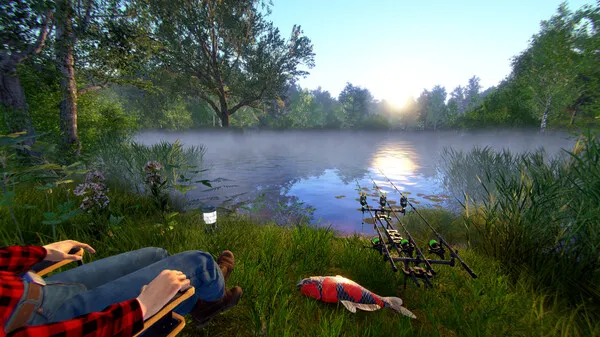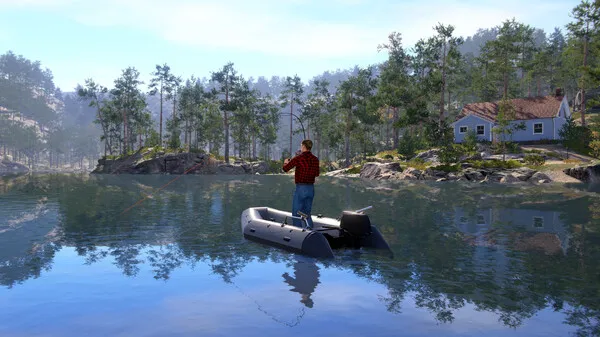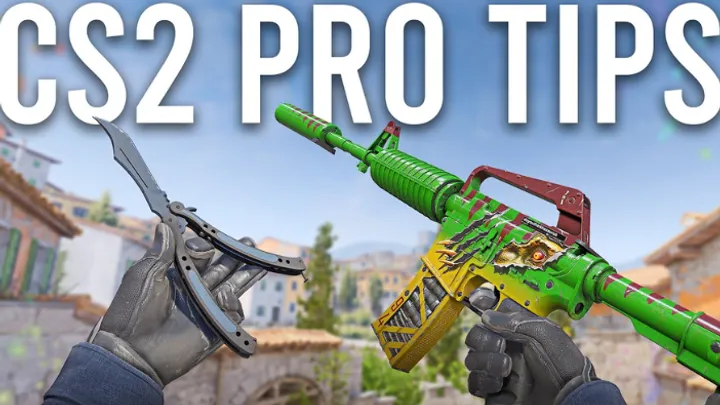Russian Fishing 4 (RF4) is a highly detailed fishing simulator that has captivated a loyal player base with its realism, complexity, and immersive environments. From the gentle ripple of lakes to the intricate mechanics of bait crafting and gear selection, RF4 offers a rich experience. However, beneath its tranquil surface lies a persistent issue that many players encounter: the silver economy bottleneck. This article explores how silver income, gear costs, repair mechanics, and market dynamics create a progression trap that affects players from mid-level onward.
Day One: The Allure of Simplicity
In the early stages of RF4, the game feels rewarding and accessible. Players catch small fish, earn silver, and upgrade gear at a steady pace. The tutorial missions and starter equipment provide a clear path forward, and the silver rewards feel proportional to effort.
Basic rods and reels are affordable, and common fish like roach and bream offer consistent income. The game encourages experimentation with different techniques such as float fishing and spinning, and the sense of progression is smooth.
Early game highlights:
- Affordable gear and bait
- Accessible fish species
- Clear progression path
Conclusion: The early game hooks players with a sense of reward and freedom, masking the grind that lies ahead.
Level 12–20: The First Signs of Strain
As players reach mid-levels, silver income begins to stagnate. Fish prices plateau, and gear upgrades become exponentially more expensive. A decent mid-tier reel can cost upwards of 10,000 silver, while daily earnings often fall below 1,000.
This creates a bottleneck where players must grind for hours to afford basic upgrades. The game’s realism in pricing and gear progression, while immersive, becomes a barrier to enjoyment.
Common mid-level challenges:
- Low silver return for common species
- High repair costs for aging gear
- Limited access to profitable water bodies
Conclusion: The silver economy starts to feel punishing, turning progression into a repetitive grind.
Repair Costs: The Hidden Drain
One of the most frustrating aspects of RF4’s economy is the repair system. As gear wears down, repair costs increase dramatically, especially for reels and rods. Unlike other games where repairs are a minor inconvenience, RF4 treats them as a major financial burden.
A single repair can wipe out hours of earnings. This discourages experimentation and aggressive fishing styles, as players become overly cautious to preserve gear durability.
Repair system breakdown:
- Reels degrade quickly under heavy use
- Rods snap or lose durability from large fish
- Repairs scale with gear tier and damage level
Conclusion: The repair system punishes active play, forcing players into conservative and repetitive strategies.
Skill Progression vs. Silver Efficiency
RF4 features a robust skill system where players level up techniques like float fishing, spinning, and bait crafting. However, skill progression is tied to usage, meaning players must repeatedly perform actions to gain experience.
This design encourages specialization but punishes versatility. Trying new techniques often feels wasteful, as progress is slow and unrewarding compared to sticking with one method.
Skill bottlenecks:
- Slow XP gain for underused techniques
- No catch-up mechanics for late adopters
- Limited synergy between skill trees
Conclusion: The skill system reinforces grind by rewarding narrow playstyles and discouraging experimentation.
Premium Currency and Economic Disparity
RF4 is free-to-play but offers premium currency (gold) that can be used to buy gear, bait, and services. While not strictly pay-to-win, the presence of gold creates a divide between paying and non-paying players.
Gold can bypass grind walls, allowing faster access to high-tier gear and repairs. This creates tension in the community, where some players feel pressured to spend money to remain competitive or avoid burnout.
Gold currency dynamics:
- Used for repairs, fast travel, and premium gear
- Earned slowly in-game or purchased with real money
- Can drastically reduce grind time
Conclusion: The silver economy bottleneck is softened by gold, but only for those willing to pay.
Lake Access and Gear Gating
As players level up, new lakes and rivers unlock. However, travel costs and gear requirements often make these locations inaccessible for mid-level players.
Some lakes require specific setups (e.g., trolling gear or strong bottom rods), which are expensive. Travel fees and bait costs further discourage exploration, reinforcing the grind wall.
Travel barriers:
- Silver fees for inter-lake travel
- Gear gating for effective fishing
- Limited fast travel options without gold
Conclusion: Exploration becomes a luxury, not a reward, limiting gameplay variety and progression.
Market Saturation and Fish Pricing
RF4 uses a dynamic fish market where prices fluctuate based on supply and demand. While realistic, this system can punish players who fish popular species, leading to diminishing returns.
The lack of transparency in pricing algorithms makes it difficult to plan profitable sessions. Players often rely on community spreadsheets or Discord channels to find viable targets.
Market mechanics:
- Prices drop for overfished species
- Rare fish offer high returns but low catch rates
- No in-game forecasting tools
Conclusion: The market system adds realism but undermines player agency and economic planning.
Community Reliance and External Tools
Due to the game’s complexity and lack of in-game guidance, players often turn to community resources for help. Forums, spreadsheets, and YouTube guides become essential for navigating the grind wall.
While the community is active and helpful, the reliance on external tools highlights gaps in the game’s onboarding and progression systems.
Popular resources:
- RF4 Discord servers
- Fishing spot spreadsheets
- Gear comparison charts
Conclusion: The game’s economy is so opaque that players must rely on third-party tools to succeed.
Event Design and Seasonal Burnout
RF4 hosts regular events and competitions, which offer unique rewards and challenges. However, these events often favor high-level players with premium gear, leaving mid-level players at a disadvantage.
The competitive nature of events can lead to burnout, especially when rewards are tied to leaderboard performance rather than participation.
Event structure:
- Time-limited challenges with gear requirements
- Rewards skewed toward top performers
- Limited accessibility for casual players
Conclusion: Events reinforce economic disparity and grind fatigue, rather than offering relief or variety.
Developer Communication and Patch Cadence
FishSoft, the developer of RF4, maintains forums and patch notes, but communication around progression issues is sporadic. Updates often focus on new content rather than systemic improvements.
Players have requested rebalancing of silver income, repair costs, and skill progression, but these concerns remain largely unaddressed.
Patch trends:
- Focus on new lakes and species
- Limited economic rebalancing
- Sparse feedback loops with players
Conclusion: Without meaningful changes, the silver trap remains a core frustration for long-term players.
Final Thoughts
Russian Fishing 4 is a beautifully crafted simulator with deep mechanics and a passionate community. But its silver economy bottleneck—manifested through low income, high repair costs, gear gating, and opaque market systems—creates a grind wall that many players struggle to overcome. While realism is a core design philosophy, it must be balanced with accessibility and reward. Addressing these progression issues would not only improve player retention but also elevate RF4 from a niche simulator to a truly enduring experience

















